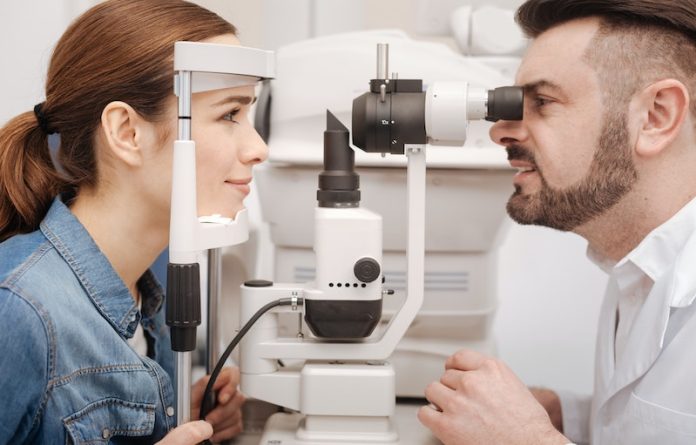
Your eyes let you picture the world. But, for many people, that image is blurry.
If the shape of your eye makes it hard to see clearly, glasses and contact lenses can help bring the world into focus.
For some, surgery may also be an option. But it’s not for everyone. Researchers are looking for new ways to predict who will benefit from corrective eye surgeries.
Your eyes work like a camera, focusing light to capture images. The shape of your cornea, the transparent cover of the eye, is bent. This lets it focus light on the back of the eye to create a picture.
The process of bending and focusing light is called refraction. If the shape of your cornea isn’t perfect, it can’t focus light properly, and you may have blurred or distorted vision. These are called refractive errors.
“Refractive errors are the number one cause of vision loss worldwide,” says Dr. Anat Galor, an eye surgeon at the University of Miami.
Refractive errors can make it hard to see objects either up close or far away, or sometimes both.
Eyeglasses or contact lenses are the most common ways to fix refractive errors. “Some people love glasses, but some don’t,” says Galor. “And not everyone is comfortable in contact lenses.”
Some people’s jobs or responsibilities make it difficult to rely on glasses or contacts for vision, explains Dr. William Dupps, an eye surgeon at the Cleveland Clinic.
People looking for another option may consider refractive eye surgery.
The most common type of refractive surgery is called LASIK. Other methods include PRK and SMILE. These all use lasers to change the shape of the cornea. How and where the laser removes tissue differ slightly.
Other procedures work on the lens inside the eye rather than on the cornea. A surgeon can place an additional lens in front of the existing one, or remove and replace the existing lens.
To be a candidate for surgery, your refraction must be stable. That means the prescription in your glasses can’t be changing over time.
The shape of the eye also changes as you grow up. So refractive surgery isn’t considered until you are at least 18 years old.
Some health conditions and other eye problems also make refractive surgery unsafe.
Refractive eye surgery won’t necessarily give you perfect vision, Dupps notes. “The most common scenario is that we get you to the level of vision you had in your glasses or contacts, but without the glasses or contacts.”
Some side effects are normal after refractive eye surgery. These include dry eyes, pain, sensitivity to light, and blurry or double vision.
These usually go away with time. Some people may need a second procedure to fix remaining blurriness, says Dupps.
Rarely, side effects can be permanent, or refractive surgery can make vision worse. Both Galor and Dupps are researching ways to predict who is likely to develop such effects, so they can avoid these procedures.
Galor and a colleague, Dr. Sue Aicher, are trying to find molecules in tears that could be measured to predict people at risk for dry eye or pain after surgery.
Dupps is using imaging to find early changes in eye shape and strength that could make surgery risky.
If you’re having trouble seeing clearly, talk with an eye doctor. They can check for refractive errors and other vision problems during a comprehensive eye exam. They can also refer you to a refractive surgery specialist.
If you care about eye health, please read studies about how to protect your eyes from glaucoma, and 7 habits that help prevent vision loss in older people.
For more information about eye health, please see recent studies about how to protect your eyes from diabetes, and results showing that vitamin B3 may help treat common blinding eye disease.



